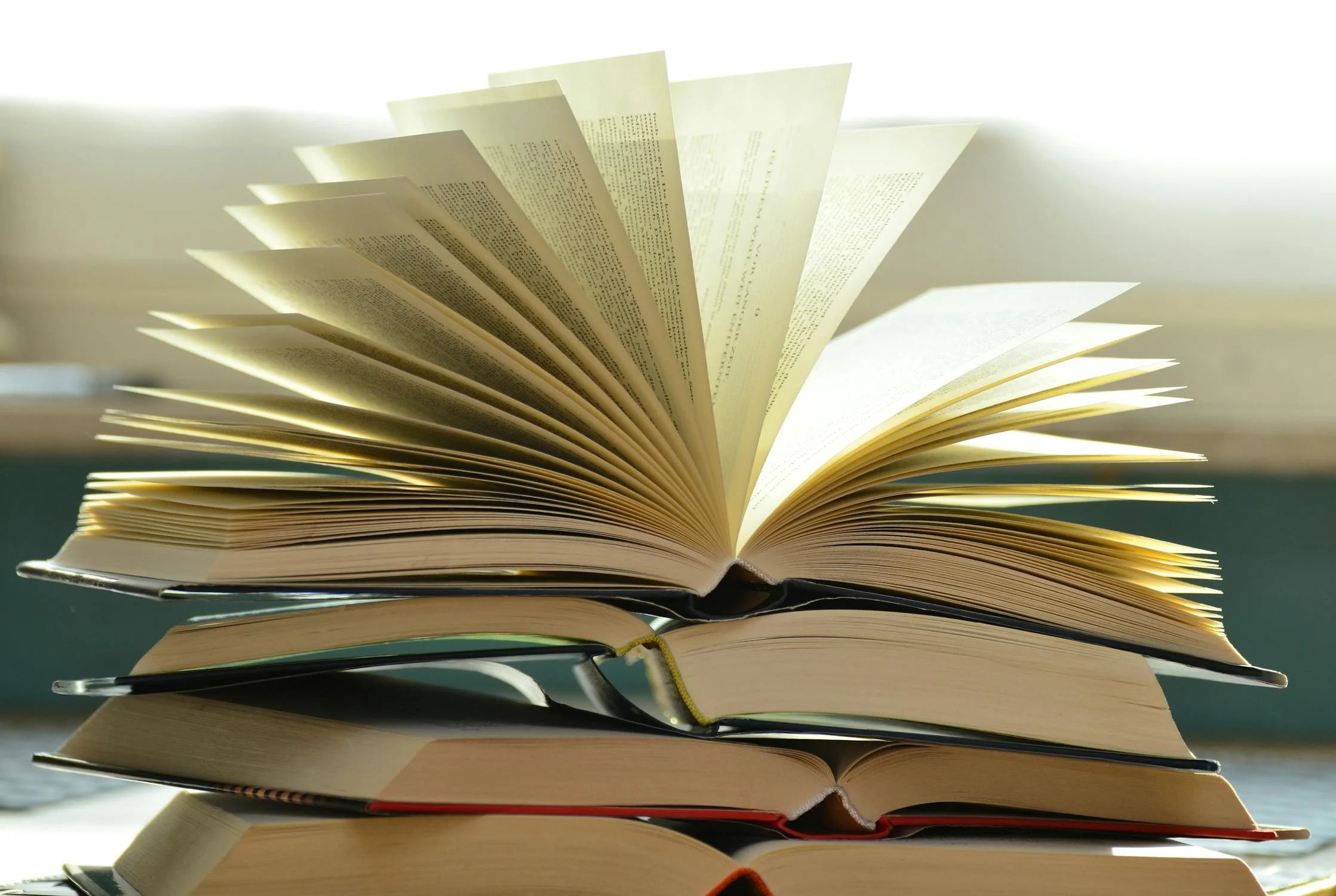The Debate Between Arts and Science Students

This is a response on Zhihu. Personally, I believe that the current civil service examination can objectively reflect the true level of some arts and science students.
Several characteristics of the civil service exam: 1. Fairness. 2. Competition occurs within the same major. 3. The questions are the same, allowing for horizontal comparison.
Written Exam: Administrative Aptitude Test + Essay. The aptitude test includes a large number of mathematical calculations and logical reasoning questions, while the essay focuses on current political analysis and writing. Interview: In Guangdong Province, the civil service interview is conducted in a different location. For example, candidates from Guangzhou go to Qingyuan for the interview, and candidates from Shaoguan go to Guangzhou. Additionally, interviewers are randomly assigned to examination rooms before each session, making cheating almost impossible.
Data from the 2013 Guangdong Province civil service recruitment:
1: Guangdong Province Civil Service Recruitment Position Table

In the civil service exam, there are more arts positions and applicants than science positions. Many arts majors consider civil service as their top career choice, while some science majors also view it as a primary employment channel. However, due to the large base number of science students, the competition intensity should be comparable.
2: Guangdong Provincial Government Civil Service Position Table (Only Position Codes and Majors Filtered)

In the 2013 Guangdong exam, the provincial government recruited 1697 positions, totaling over 2800 people.
3: Guangdong Province Physical Examination (Proposed Recruitment) Candidate Score Table

This is the list of candidates who participated in the physical examination for the 2013 Guangdong provincial government civil service exam (passing the physical examination means being recruited, and the chance of failing is extremely low). It includes detailed written and interview scores of the candidates. The data can be downloaded from the link provided.
4: Major Directory

This is the major directory. However, since some major categories may include both arts and science students, such as A02 Economics and A12 Statistics, to eliminate these factors, only the following arts majors are considered: Philosophy, Literature, Law, History; and only the following science majors: Science, Engineering, Medicine, Agriculture.

After preliminary screening, out of 1697 positions, 921 remain. Accounting, Finance, and Business Management majors account for nearly 500 positions. Many schools allow both arts and science students to apply for these majors, so they are not included. Additionally, associate degrees are not included.
5: Data Screening
Through searching, out of 2840 candidates, data for 1561 candidates were screened, including 932 arts students (59.7%) and 629 science students (40.3%).
6: Arts vs. Science Data PK:

7: Data Analysis:
In the comparison of these 1561 candidates, arts students scored an average of 0.9 points lower in the written exam but 0.62 points higher in the interview than science students. The total score was 0.015 points lower, making them almost equal.
However:
Among candidates who scored over 120 points, there were 235 arts students, accounting for 25.21% of the group; and 187 science students, accounting for 29.7%.
The proportion of low-scoring arts students is higher than that of science students, which is a fact.
Among these candidates who scored over 120 points, the average score of arts students was exactly the same as that of science students, both at 124.9 points, and the advantage of arts students in interview scores continued to expand to 2.17 points.
Among high-quality candidates who scored over 130 points, arts students accounted for 3.3%, while science students accounted for 2.7%. In terms of average scores, arts students who scored over 130 points had a slightly lower written exam score than science students by 0.1 points, but their interview score advantage expanded further to 2.37 points.
Among candidates who scored above 140 points, only one candidate made the cut, and it was an arts student.
PS: What I want to say in the end is the same attitude as in the original answer. Arts students have already undergone more stringent competitive screening at the university entrance stage. At the undergraduate level and beyond, arts students will not have any gap in basic intelligence compared to science students.
Data download involved: Recruitment Announcement: Guangdong Provincial Department of Human Resources and Social Security Score Table: Guangdong Provincial Department of Human Resources and Social Security
In the same province, there are 250,000 arts students, with 7,000 admitted to first-tier universities and 20,000 to second-tier universities; 280,000 science students, with 35,000 admitted to first-tier universities and 80,000 to second-tier universities. Under such competition ratios, some Zhihu friends still talk about average IQ, which makes me laugh. Arts students who can enter first-tier universities are already in the top 3% of arts students, while science students who enter first-tier universities are in the top 10% of science students.
As for whether civil servants can be an appropriate representative group, I tend to think so. There are plenty of colleagues around me from 985 engineering majors.
#civil servants #arts students #science students #university